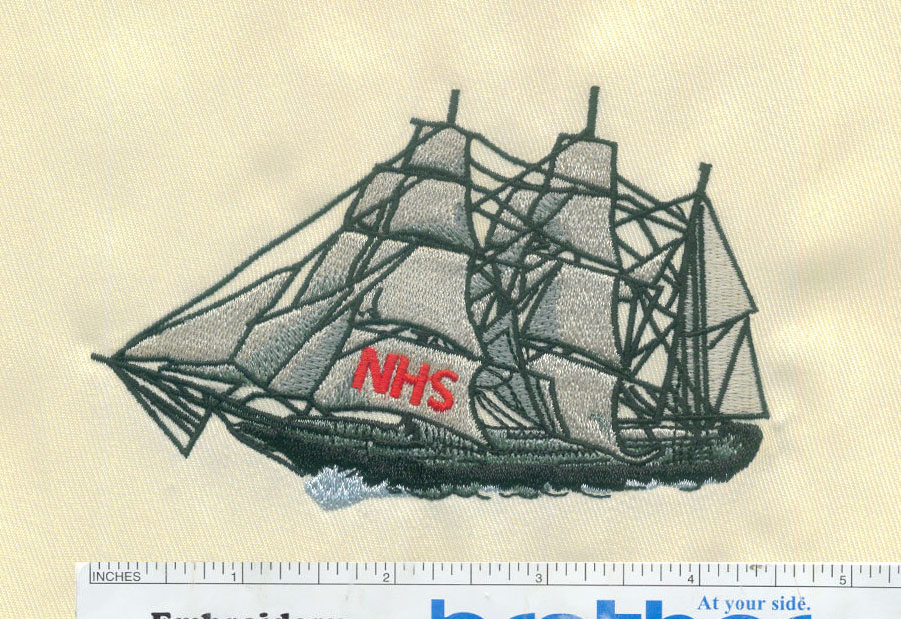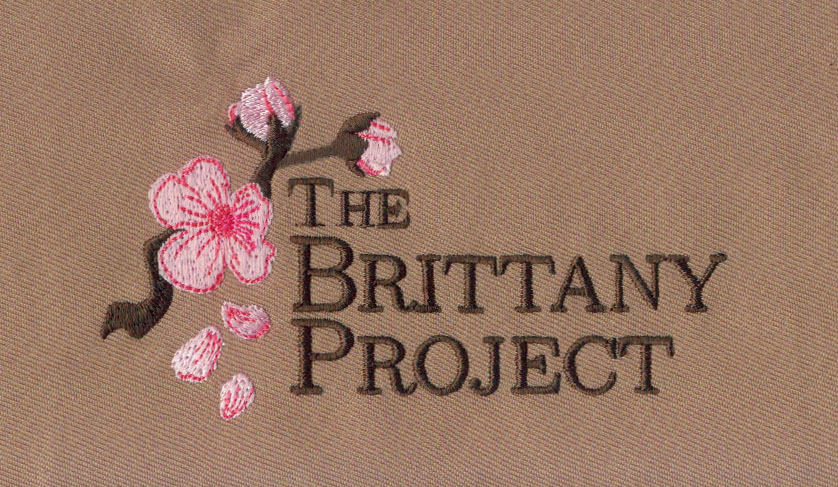Digitizing Complex Lace Patterns for Elegant Embroidery
Embroidery has been a symbol of sophistication and elegance for centuries. Among the most intricate and delicate forms of embroidery is lacework. Digitizing complex lace patterns for embroidery is an art that combines tradition with modern technology, resulting in stunning, timeless designs. In this blog post, we'll explore the fascinating world of digitizing lace patterns, the steps involved, and tips for creating elegant lace embroidery.
The Allure of Lace in Embroidery
Lace, known for its intricate and delicate appearance, has been a staple of fashion and decor for generations. It adds an air of refinement to everything it embellishes, from bridal gowns to home linens. Here's why lace in embroidery is so captivating:
● Timeless Beauty: Lace is a classic, never-out-of-style element that's always in demand
for its timeless beauty.
● Delicate Aesthetic: Its delicate appearance makes lace suitable for both formal and casual
occasions, adding an elegant touch to any project.
● Versatility: Lace embroidery can be used in a wide range of applications, from
clothing and accessories to home decor and crafts.
● Heritage and Tradition: Lacework has a rich heritage, and digitizing it preserves traditional
craftsmanship in a modern context.
● Endless Patterns: The intricate nature of lace means there are countless patterns and variations, allowing for endless creative possibilities.
The Art of Digitizing Lace Patterns
Digitizing lace patterns for embroidery requires a blend of artistic talent and technical expertise. Here's a step-by-step guide on how to digitize complex lace patterns:
1. Selecting the Lace Pattern
Begin by choosing a lace pattern that suits your project. There are various types of lace, including Chantilly, Alençon, and Venetian lace, each with its unique characteristics. The selected pattern will serve as the basis for your digitization.
2. Digitizing Software
Invest in quality digitizing software designed for embroidery. Popular choices include Wilcom, Embird, and Pulse. These software packages provide the necessary tools for transforming your lace design into a digital embroidery file.
3. Scanning or Creating the
Design
You have two options for obtaining the lace pattern:
● Scanning: If you have a physical lace sample, scan it at a high resolution to
create a digital image. This will serve as the foundation for your
digitization.
● Creating from Scratch: For those with artistic skills, you can create the lace pattern directly in the digitizing software using drawing tools.
4. Vectorization
Once you have your lace pattern in digital format, you'll need to vectorize it. Vectorization involves converting the image into vector format, which is essential for creating embroidery designs. This step ensures that the lace design is clean, clear, and free from pixelation.
5. Define Stitches
In your digitizing software, define the types of stitches you'll use. Lace typically requires satin stitches and openwork fills. Customize the stitch length, density, and direction to match the intricacy of the lace pattern.
6. Layering and Overlapping
Layering and overlapping stitches are crucial for creating the lace's intricate look. Experiment with the order in which stitches are applied and the direction of the stitches to achieve the desired lace texture.
7. Test Stitch
Before applying your lace design to the final project, conduct a test stitch on a piece of scrap fabric. This step helps ensure that your digitization accurately captures the lace's delicacy and elegance.
8. Adjustments and Refinements
It's likely that you'll need to make adjustments and refinements after the test stitch. This may involve altering stitch parameters, adding or removing stitches, or adjusting overlaps to achieve the desired lace effect.
9. Saving in Appropriate Formats
Once satisfied with your lace digitization, save it in the appropriate embroidery file format, such as .PES, .DST, or .EXP, depending on your embroidery machine's requirements.
Tips for Creating Elegant Lace Embroidery
● Choose the Right Thread: Opt for high-quality embroidery thread, especially when working on
lace patterns. Fine thread can add to the delicacy of the design.
● Use Stabilizers: Stabilizers are essential to prevent puckering and ensure that lace embroidery
retains its shape.
● Experiment with Colors: Don't be afraid to experiment with thread colors. Monochromatic lace
can be stunning, but subtle color variations can add depth to your design.
● Customize for Projects: Consider the final application of your lace embroidery. Adjust the
design and size to suit different projects, whether it's a bridal veil,
tablecloth, or fashion accessory.
● Tension and Speed: Pay attention to the tension and speed settings on your embroidery
machine. Proper calibration is crucial for intricate lacework.
● Regular Maintenance: Keep your embroidery machine well-maintained to ensure consistent
quality in your lace embroidery projects.
● Combine with Other Techniques: Lace embroidery can be even more captivating when combined with other techniques like appliqué or beadwork.
Conclusion
Digitizing complex lace patterns for
embroidery is a blend of craftsmanship and technology. It allows for the
creation of timeless, elegant designs that can be applied to a variety of
projects. Whether you're a seasoned embroiderer or a novice, the art of lace digitization provides endless
opportunities to infuse your creations with sophistication and delicacy. So,
dive into the world of lace embroidery and let your creativity and technical
skills shine as you craft intricate, elegant designs that stand the test of
time.



